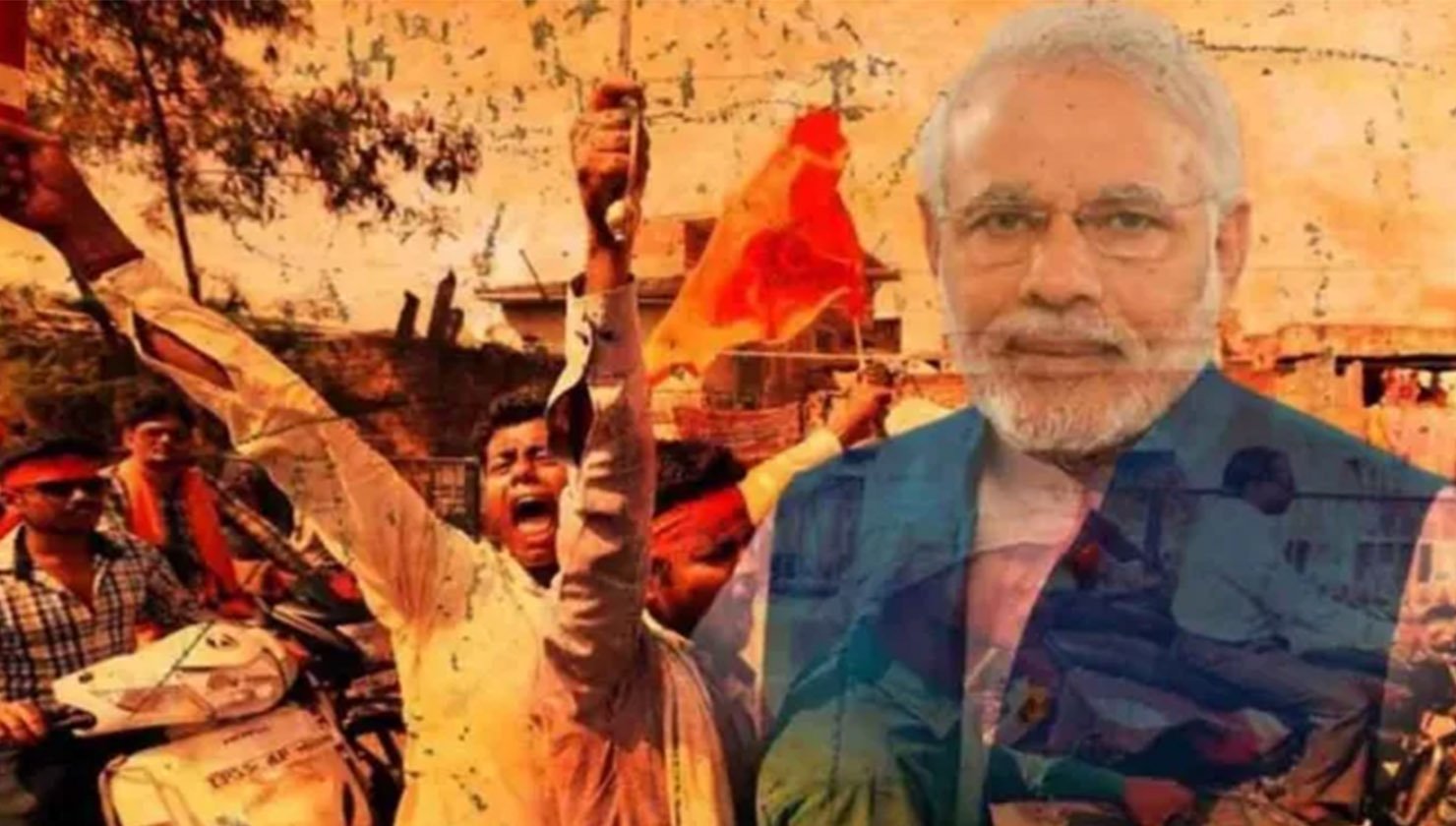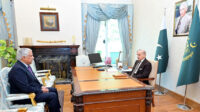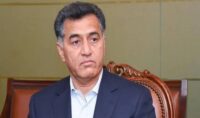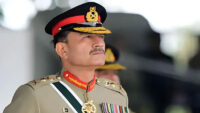Hindu nationalism in India has historically surged during critical junctures when political leaders, professing secularism, have leaned on religion to gain electoral advantages. Over the past century, this trend has reached a peak, with Prime Minister Narendra Modi openly dismissing secularism in favor of a religiously defined national identity.
In his 1923 work Hindutva, Vinayak Damodar Savarkar proposed an assertive Hindu-centric vision of Indian nationalism. Breaking with Hinduism’s spiritual teachings of equality, Savarkar classified people into “friends”—those bonded to India by lineage and loyalty—and “enemies,” those deemed foreign or disloyal. Nearly a decade later, German Nazi theorist Carl Schmitt would similarly divide politics into realms of allies and adversaries.
Has Aqib Javed Taken on the Extra Burden?
Bumrah Rolls Australia for 104 in Perth
1st ODI: Pakistan to face Zimbabwe on Sunday
For more such opinions & blogs, click here.
In 1925, the Rashtriya Swayamsevak Sangh (RSS), inspired by Savarkar, was established as the movement’s militant wing. Training young recruits in martial practices and instilling pride in an idealized Hindu past, the RSS promoted a divisive ideology of political force. Narendra Modi, among its most prominent members, rose from this movement.
Meanwhile, the Indian National Congress, led by Mahatma Gandhi, advocated for a secular and unified India, focusing on the struggle for independence from British rule. Hindutva proponents, however, saw Gandhi’s appeals for religious harmony as concessions to Muslims, leading to his assassination in 1948 by a follower of Savarkar’s ideology.
Pakistan Railways to construct rail line connecting Thar Coal mines to Port Qasim
Nobody will be allowed to stage sit-in or gathering in ICT: Naqvi
Pakistan approves 20 new trade posts in China
After independence, Prime Minister Jawaharlal Nehru promoted a secular vision for India, built on aspirations for economic and social progress. Yet after Nehru’s death in 1964, communal ideologies gained traction within and outside Congress. A significant blow to secularism came on April 19, 1976, when Prime Minister Indira Gandhi’s son used emergency powers to target Muslims. The day began with forced sterilizations near Delhi’s Jama Masjid and culminated in violent evictions and a massacre of Muslim residents at Turkman Gate.

The 1976 Turkman Gate violence was followed 16 years later by the demolition of the Babri Masjid in 1992, which triggered a wave of anti-Muslim violence, further undermining India’s secular ideals.
Today, Hindutva—a concept far removed from Hinduism’s peaceful teachings—has penetrated politics and culture, often with the tacit support of India’s elites. As Modi takes on an increasingly priest-like public persona, the vision of a secular India appears overshadowed by the rise of a religiously defined state.
For more such opinions & blogs, click here.
Pakistan’s IT exports could exceed $25b through better utilization of resources: PM
COAS vows to dismantle hostile terrorist networks
Nation to crush any attempt to harm Pak-KSA ties: PM
Indian army tortures four civilians in IIOJK’s Kishtwar
The writer is a lawyer, academic and political analyst. She has authored a book titled ‘A Comparative Analysis of Media & Media Laws in Pakistan.’ She can be contacted at: yasmeenali62@gmail.com and tweets at @yasmeen_9
Stay tuned to Baaghi TV for more. Download our app for the latest news, updates & interesting content!






